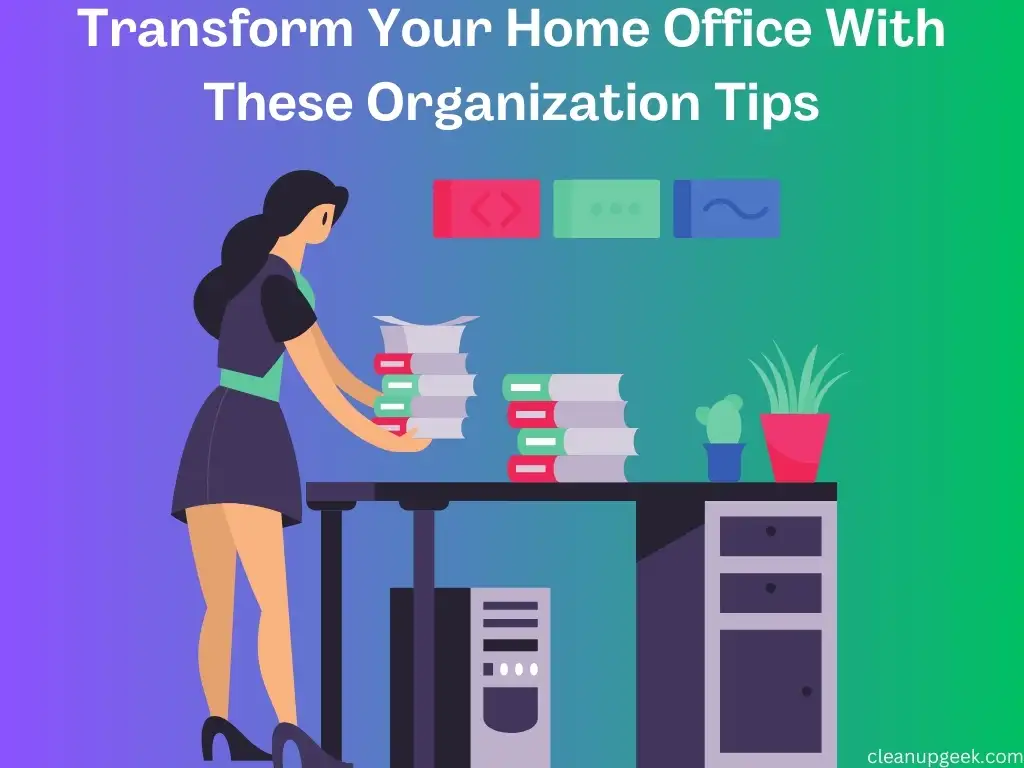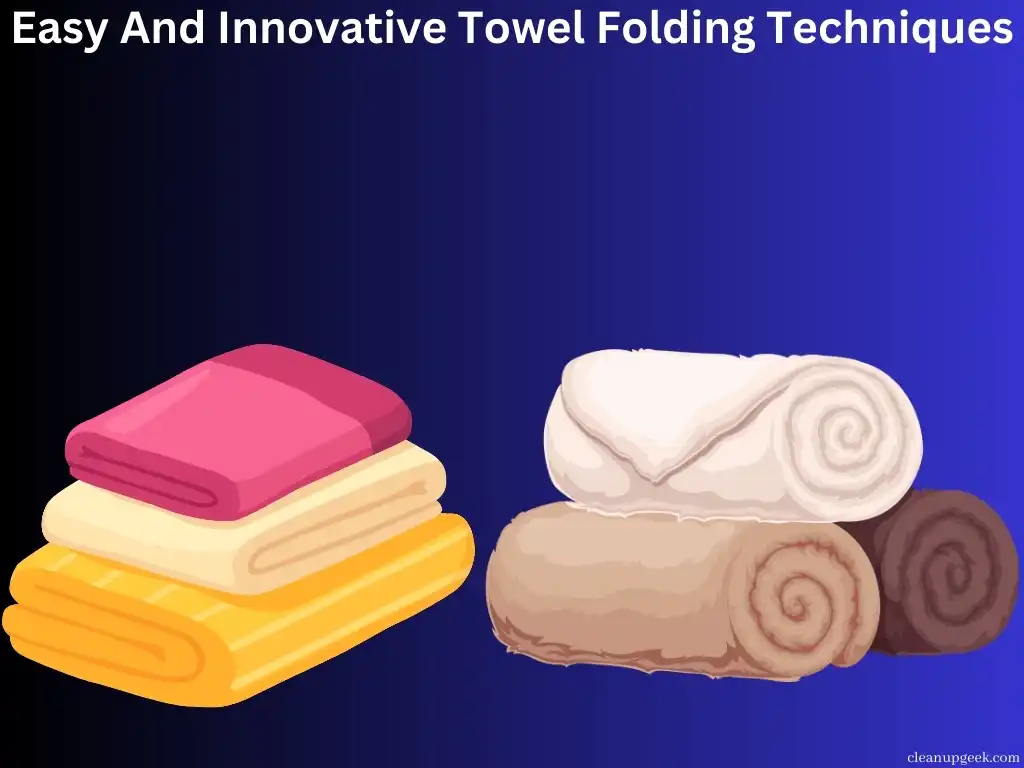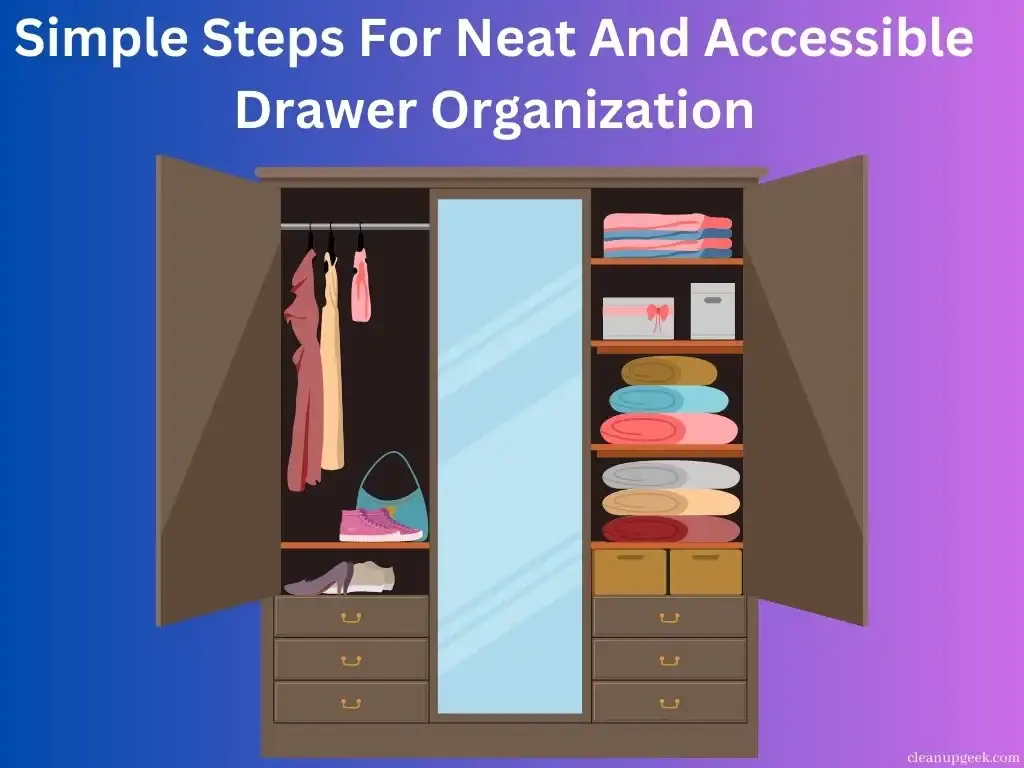Are you feeling swamped by the chaos of your home office space? An organized workspace is a lifeline for productivity and peace of mind.
This article brims with practical tips to streamline your desk, declutter your work area, and boost your efficiency.
Dive in for transformation!
KEY INFORMATION
- An organized home office boosts productivity and helps with mental health by reducing stress.
- Proper lighting, comfortable furniture, and smart use of technology are key to a good workspace.
- Declutter regularly, and use storage solutions like shelves and labels to keep things tidy.
- Manage cables with ties or clips to avoid messes on your desk or floor.
- Keep up with cleaning and organizing often so that your work area stays neat.
Understanding the Importance of an Organized Home Office

An organized home office can significantly impact your productivity and mental well-being, making it essential for creating a functional workspace. Understanding the importance of an organized home office will help you realize the benefits of maintaining a clutter-free and efficient work environment.
Impact on Productivity
Having a well-set home office helps you get more work done. It makes it easy to find what you need and stay focused on tasks. Imagine saving time because everything has its place, and your desk is clear of clutter.
This means you can spend more time working and less searching for things.
A tidy office also lets your mind be calm and ready to tackle any job. Think of how quickly you can start in the morning if your workspace is already set up just right. With less mess, there are fewer distractions, so your workday runs smoother from start to finish.
Mental Health Benefits
An organized home office can contribute to your mental well-being. When you have a clutter-free and well-organized workspace, it can reduce stress and help you feel more in control of your environment.
This can lead to increased productivity as well as a sense of calm and focus while working. Separating work from personal space within the home also helps maintain a healthy work-life balance, preventing feelings of being constantly surrounded by work-related tasks.
By implementing efficient organization strategies, such as decluttering and effective storage solutions, you can create a harmonious and peaceful home office environment that promotes good mental health.
Assessing Your Current Home Office Setup
Take a closer look at your current home office setup to identify any problem areas and determine your specific needs and preferences. This will help you understand what changes need to be made in order to create a more efficient and organized workspace.
Identifying Problem Areas
Look around your home office and notice any clutter, disorganized paperwork, or inefficient furniture layout. Is the lighting adequate? Are cables creating a mess? Consider if these factors affect your productivity and efficiency.
Separate personal items from work-related ones to create a clear workspace divide. Organizational hacks and budget-friendly solutions are available for decluttering and streamlining your home office setup.
Keep in mind that an organized home office can improve productivity and mental well-being, so invest time in identifying and addressing problem areas to create an efficient workspace.
Determining Your Needs and Preferences
To determine your needs and preferences for an organized home office, consider the following points:
- Assess the type of work you do and the tools or equipment required for it.
- Think about your workflow and how you use the space to ensure it meets your practical needs.
- Consider your aesthetic preferences and the atmosphere you want to create in your home office.
- Take into account any specific storage requirements for paperwork, supplies, or equipment.
- Evaluate any existing challenges in your current setup that need to be addressed.
Essential Elements of an Efficient Home Office
Choosing the right furniture, ensuring proper lighting, and utilizing technology effectively are key elements in creating an efficient home office setup. These factors play a crucial role in enhancing productivity and overall work performance.
1. Choosing the Right Furniture
When setting up your home office, choosing the right furniture is crucial. Look for a desk and chair that properly support your work needs. Consider a desk with enough surface area for your computer, paperwork, and other essentials.
A comfortable chair with proper back support can help reduce strain during long periods of work. Additionally, adequate storage furniture like shelves or cabinets can keep your workspace organized and clutter-free.
Selecting furniture that fits well in your space is important to creating an efficient home office layout. Keep in mind the dimensions of the room when choosing furniture to ensure everything fits comfortably without making the space feel cramped.
Arranging furniture to create a clear separation between personal and work areas also contributes to maintaining an organized home office while maximizing productivity.
2. Importance of Proper Lighting
Proper lighting is crucial for your home office. Good lighting can help reduce eye strain and headaches, making it easier to work for longer periods of time. It also helps improve focus and concentration, which can have a positive impact on productivity.
When setting up your workspace, consider placing your desk near a window to maximize natural light. Additionally, invest in a good desk lamp with adjustable brightness levels to ensure adequate lighting for different tasks.
Good lighting not only affects productivity but also impacts mood and mental well-being. Natural light can help regulate your body’s internal clock and improve sleep quality as well.
3. The Role of Technology in Efficiency
Technology plays a crucial role in making your home office efficient. Investing in the right devices and software can streamline your work processes and save time. For example, using a scanner or document management software can help you digitize paperwork, reducing physical clutter and making it easier to find important documents when needed.
Additionally, utilizing project management tools and communication apps can enhance collaboration with colleagues or clients, improving overall productivity.
Implementing technology for efficiency doesn’t have to be complicated or expensive. Simple solutions like cloud storage for easy access to files from any device, or setting up ergonomic computer accessories for comfort and health benefits can make a significant difference in your workspace organization.
Creating an Organized Home Office Setup
Take charge of your home office organization by implementing effective decluttering strategies and finding efficient storage solutions. Learn how to manage cables and wires for a clean and organized workspace.
1. Decluttering Strategies
To transform your home office, start by decluttering. Here are some effective strategies to help you get started:
- Sort through all your items and decide what to keep, donate, or discard based on their usefulness.
- Use storage solutions such as bins, baskets, and shelves to keep essential items within reach but out of the way.
- Implement a filing system for important documents to minimize paper clutter and make them easy to find when needed.
- Organize cables and cords using cable management tools to prevent tangling and create a neat workspace.
- Consider adopting a minimalist approach by keeping only the necessary items on your desk to reduce visual clutter.
- Regularly review and reassess your workspace to maintain a clean and organized home office environment.
2. Effective Storage Solutions
To keep your home office organized, you need effective storage solutions. Here are some practical ideas to help you maximize space and minimize clutter:
- Utilize vertical space with wall-mounted shelves or floating shelves to free up floor space.
- Get stackable organizers or drawers to categorize and store various office supplies neatly.
- Use clear bins or baskets for easy visibility of items and to keep similar things together.
- Consider a multifunctional desk with built-in storage such as drawers or compartments.
- Invest in filing cabinets or portable file boxes to keep important documents organized and accessible.
- Use labels or color-coding systems for folders and containers to easily locate items.
- Implement digital storage solutions for paperless organizations, such as cloud-based file management.
3. Cable Management Tips
Keep cables organized using cable ties or zip ties, grouping them together to avoid tangling and confusion.
Maintaining Your Organized Home Office

To keep your home office organized, consistently declutter and tidy up your workspace. Implement a weekly or bi-weekly cleaning routine for your home office. This will help in maintaining an organized and efficient work environment.
– Put away items after use to maintain a clutter-free desk.
– Regularly file and organize the paperwork to avoid the accumulation of paper clutter.
– Dust and wipe down surfaces such as desks, shelves, and electronic devices.
– Check the functionality of storage solutions regularly; make adjustments if necessary.
– Review the organization of cables and wires to prevent tangling or hazards.
Conclusion and final thoughts
In conclusion, organizing your home office is important for a productive and efficient work environment. You can transform your workspace by decluttering, using effective storage solutions, and maintaining the setup.
Remember that keeping it simple and functional can lead to a well-organized home office that maximizes productivity. So take the time to assess your needs, implement organization tips, and create a space that works for you.
FAQs

1. How can I make my small home office more organized?
You can transform your small home office by using smart desk organization ideas, decluttering regularly, and choosing the right storage solutions to keep everything in place.
2. What are some tips for keeping my workspace efficient?
To boost workspace efficiency, try using minimalist desk organization strategies, streamline your setup with DIY organization hacks, and keep only what you need within easy reach.
3. Can organizing my home office help me work better?
Yes! Organizing your home office can lead to better productivity by reducing clutter and creating a peaceful environment that helps you focus on work tasks.
4. How do I manage all the paperwork on my desk?
For paperwork organization ideas, start by sorting papers into categories, create a filing system, or use products designed for office paper management to avoid piles of documents on your desk.
5. What’s a quick tip to declutter my office space now?
A fast way to begin decluttering is to remove any item from your desk that doesn’t help with work or inspire you; this will instantly make your space clearer and more inviting for work.







